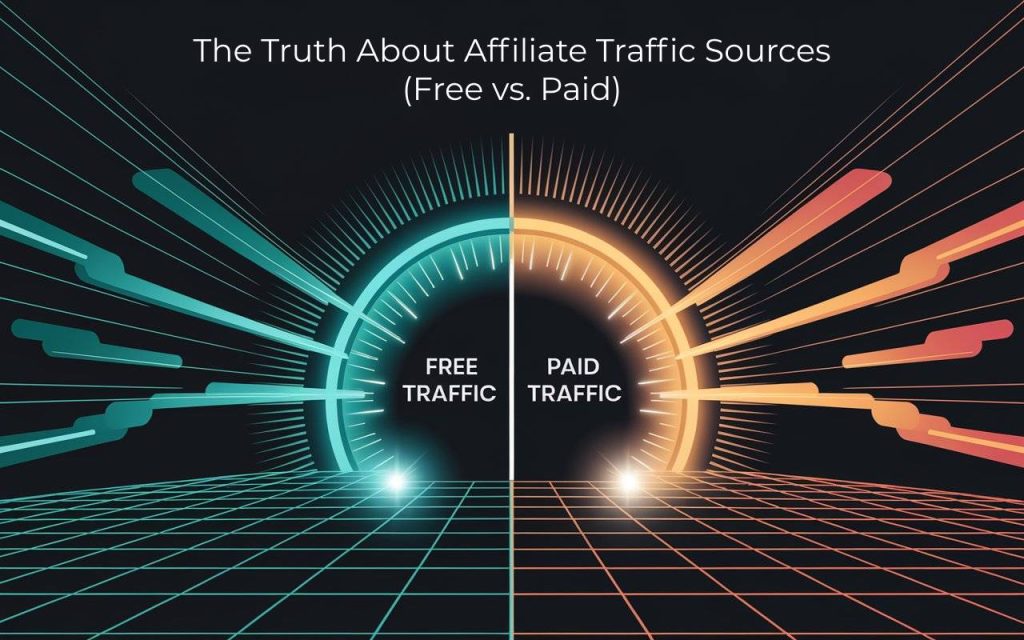When it comes to affiliate marketing, traffic is everything. The more targeted visitors you get, the better chance you have to earn commissions. But with so many traffic sources available, it can get confusing for beginners to choose the right one.
In this article, you’ll get a simple and clear breakdown of free vs. paid traffic sources for affiliate marketing — which one works better, which is more profitable, and what you should start with.
Let’s dive in.
Affiliate Profitability
Seeing high sales in the dashboard doesn’t mean the affiliate marketer is making maximum profit. Profit totally depends on how much they spend on ads to reach their audience.
In simple words, organic traffic is the most profitable way to earn.
In the organic method, you spend time and a little money — for example, writing a helpful blog or creating videos related to the product.
Yes, making content is not free, especially video content — you need to invest both time and money. But compared to paid ads, organic traffic is the cheapest and most profitable way.
Paid Traffic Overview
Now let’s talk about paid traffic — the fastest way to target your ideal customers.
Even if your ideal customer doesn’t know you, your ad will appear in their social media feed if you spend money.
The psychology behind top ClickBank products is that people see the ad and get interested instantly. And many people buy the product right away.
Paid vs. Organic Summary
In short:
- Organic traffic = takes time, low cost to start, pure profit
- Paid traffic = quickly reaches your ideal customer, higher cost to start, chance of high returns
Refund Rate Insight
One more important point is the refund rate — it’s higher in paid traffic sources.
I don’t have exact data, but refunds are usually higher with paid traffic compared to organic or email marketing.
The reason is simple: Trust. With content or email, people trust you more, so they buy with clear intent.
In paid ads, many people see just one ad and buy. They don’t read much about the product, which leads to higher refunds and lower profits.
Whether you are in a RevShare model or a CPA model — refund rate affects both.
Choosing Your Traffic Channel
Every traffic channel is unique, so directly comparing them is not helpful.
Every affiliate offer gives different results, so one-size-fits-all doesn’t work here.
But the above insights give you a benchmark to measure and improve your traffic results. Now that the basics are clear, let’s dive deep into free and paid traffic sources for affiliates!
Free Affiliate Traffic Sources
Let’s talk about the most popular free traffic sources for affiliate marketing.
With free traffic, you don’t spend much money, but you do need to invest time and consistent effort to build your personal brand.
You need to build your audience so your message can reach more people.
1) Social Media
Social media is a super powerful free traffic source.
You can use platforms like Facebook, X, Instagram, TikTok, and Pinterest to bring traffic to your affiliate links.
But to generate sales, the main thing is building trust and a strong relationship with your audience.
Every platform has a different content style, like:
- TikTok is for short videos
- Instagram is for reels and carousels
- Twitter is for Threads
- Facebook is for detailed posts
The goal of each platform is to give value and connect with your audience.
If you create value-driven content and engage actively, your audience will trust you — which increases conversions.
2) SEO
SEO means Search Engine Optimization — where you try to rank your website on Google, Bing, or ChatGPT so people find your content easily.
If you use low-competition keywords and create quality content, your blog will slowly start ranking on these platforms.
This brings organic traffic to your blog — no paid ads needed.
In affiliate marketing, SEO is a powerful tool, especially if you are:
- Writing product reviews
- Creating “how-to” guides
- Writing list-style articles (like “Top 10 XYZ”)
If you’re not good at writing, you can take help from AI tools like Ember AI.
3) Email Marketing
Email marketing is an old method, but still one of the best for building a connection with your audience.
When you build your email list, you can directly send emails to interested people. You can give them useful info related to the product.
Once you build a strong connection, you can start recommending affiliate products.
Not all subscribers will buy on day 1. You need to provide value, warm them up, and follow up for future conversions.
4) Video Marketing
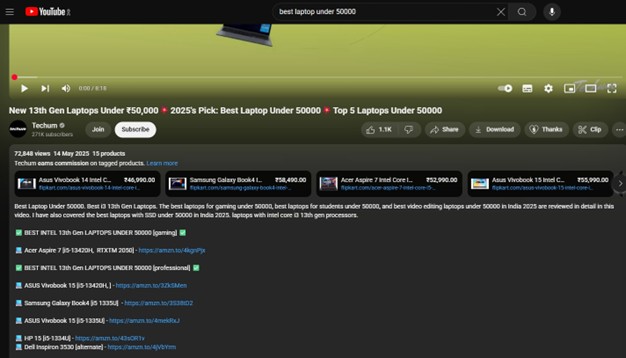
Nowadays, video content is the most powerful way to connect with your audience.
People easily connect with short video content on TikTok, Instagram, and YouTube Shorts. You can start by creating a how-to video or a solution for a specific product-related problem. If your video is engaging and most people watch it fully, it builds trust with your cold audience.
If the product is useful, there’s a high chance many people will buy — especially if it’s a high-converting offer.
Tip: Watch time matters. Make engaging videos, not boring ones.
5) Guest Posting
Guest posting means writing an article for other blogs or websites.
If that site allows you to add links, you can include your affiliate link in the post.
Through this, people who don’t know you personally can still reach your product via your affiliate link.
Guest posting helps you build relationships with bloggers in your niche, and you can add your blog links to their articles.
Paid Affiliate Traffic Sources
If you want fast results and also have a good amount of investment, paid traffic is one of the most powerful options.
Paid traffic means you pay platforms like Google, Facebook, Instagram, and Pinterest to advertise your affiliate offer.
Now, we will discuss the top 5 paid traffic sources:
6) PPC Advertising (Google Ads & Bing Ads)
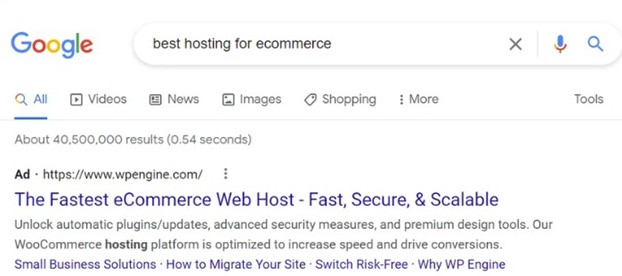
PPC stands for Pay Per Click, which means you pay only when a genuine customer clicks on your ad.
Google Ads and Bing Ads are the most popular platforms for PPC advertising. In PPC ads, you target specific keywords like:
“Best fitness tracker 2025” or “XYZ vs ABC product.”
These types of keywords are searched by users who already know about the product and are planning to purchase it.
If you want fast sales, Google Ads is one of the best options to drive quick results.
7) Display Advertising
Display ads mean promoting your product through banner images or graphics. These ads are shown on high-traffic websites, and you can also use them for retargeting.
If your product is visually appealing (like dresses, home decor, or food items), then this type of ad is the best way to grab attention quickly.
8) Native Advertising
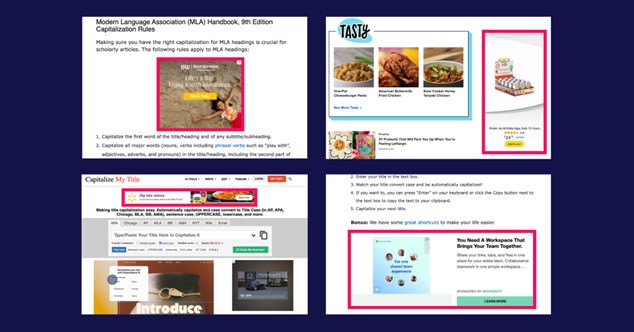
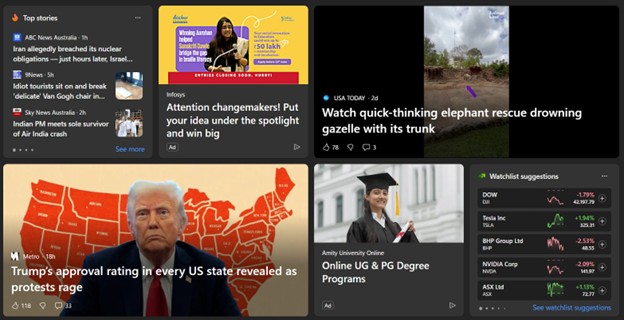
Native ads are a smart and subtle way of promoting your offer.
In native ads, your post looks like a regular blog post or article, which makes people feel that it’s just another helpful piece of content.
These ads are displayed on high-traffic niche websites, and they look so natural that people often click on them without realizing they’re ads.
9) Facebook Ads
This is one of the most favorite tools of affiliate marketers — Facebook Ads. Here, you can target your ads based on age, gender, location, and interest.
In Facebook Ads, you can also retargeting – this means if someone visits your website once, you can show your ad again in their feed.
Another powerful feature of Facebook Ads is Lookalike Audiences – this allows you to reach people whose profiles are similar to your existing customers.
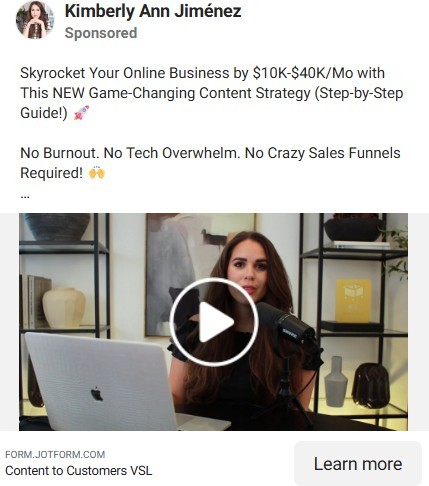
10) Pinterest Ads
Not every affiliate marketer uses Pinterest Ads, but if your product is related to visual niches, then Pinterest Ads can be a goldmine for you.
If your content is about beauty, fashion, DIY, or cooking, then Pinterest Ads are the most powerful traffic source for your offer. Your ads can easily appear in front of your ideal audience.
Most people use Pinterest for inspiration and ideas, and if you’re passionate about creating beautiful and creative pins, then you’ll definitely see great results on Pinterest.
Matching Your Traffic to Your Niche
It doesn’t matter how many ads you’re running for your offer or how much hard work you put in to drive sales.
You’ll only succeed when the right offer reaches the right audience.
In simple words — Promote your product or service to the audience that’s actually interested in buying it.
Don’t worry if you don’t fully understand the concept of “Matching traffic to your niche.” I’ll explain it step by step so you can apply it easily.
Step 1: Choosing the Right Traffic Sources
First, figure out where your dream customers spend time online. Which platform are they using the most in your niche?
- If you’re promoting fashion or beauty products, then Instagram and Pinterest are great platforms.
- If your niche is fitness, then Facebook Ads or YouTube Ads work well for conversions.
- For business and finance-related offers, LinkedIn is a strong option.
Pro Tip:
Every platform has a different type of audience behavior.
So, always create your ads and content according to the platform’s style and tone.
Step 2: Niche Selection
At the beginning, choose a niche where demand is high but competition is low. Avoid over-saturated niches.
The best way to choose is by focusing on:
- Interest-based niches
- Problem-based niches
Example:
If you’re targeting beginner photography lovers, instead of selling them expensive camera gear, it’s better to sell a basic-to-advanced photography course.
Why? Because their journey starts with learning, not with buying costly gear.
Step 3: Affiliate Offers and Products
Once you’ve identified your target audience, the next step is to find the best affiliate product for them.
Important Points to Remember:
- Choose high-quality products that are genuinely useful for your audience.
- Check for a good commission rate.
- If the product offers recurring commission, it’s even better for earning monthly income.
- Pick products that are easy to sell without much effort.
Step 4: Powerful Landing Page
A landing page is where you send your traffic to convince them to take action on your offer. Here’s the 9P structure that makes a high-converting landing page:
- Promise – Target your audience’s pain point or need
- Problem – Show the value or solution to that problem
- Product – Describe the product and highlight the benefits
- Proof – Add social proof or testimonials to build trust
- Price – If applicable, clearly mention the cost
- Position – Show why your product is the best choice
- Pitch – Create a strong call-to-action
- Page Optimization – Make sure the page loads fast and works on mobile
- Post-Conversion – Thank the user and guide them to the next step
Step 5: Conversion Rate Optimization (CRO)
Now that you have your ad, landing page, and offer ready — it’s time to optimize everything. That means:
- Testing different ad copies
- Trying new images
- Changing the color or position of the CTA (Call to Action)
- Focusing more on what’s working
The more you test and analyze, the better your results. Use analytics tools to track performance and improve.
Best Traffic Sources for Affiliate Marketing — Wrap-Up
Yes, earning passive income from affiliate marketing is 100% possible — but only if you:
- Choose the right audience
- Use the right platform
- Promote the right product
- Keep improving your content and strategy over time
You may need some trial and error in the beginning.
But once you find the right combination, your affiliate marketing system will run smoothly.
Best of luck!

